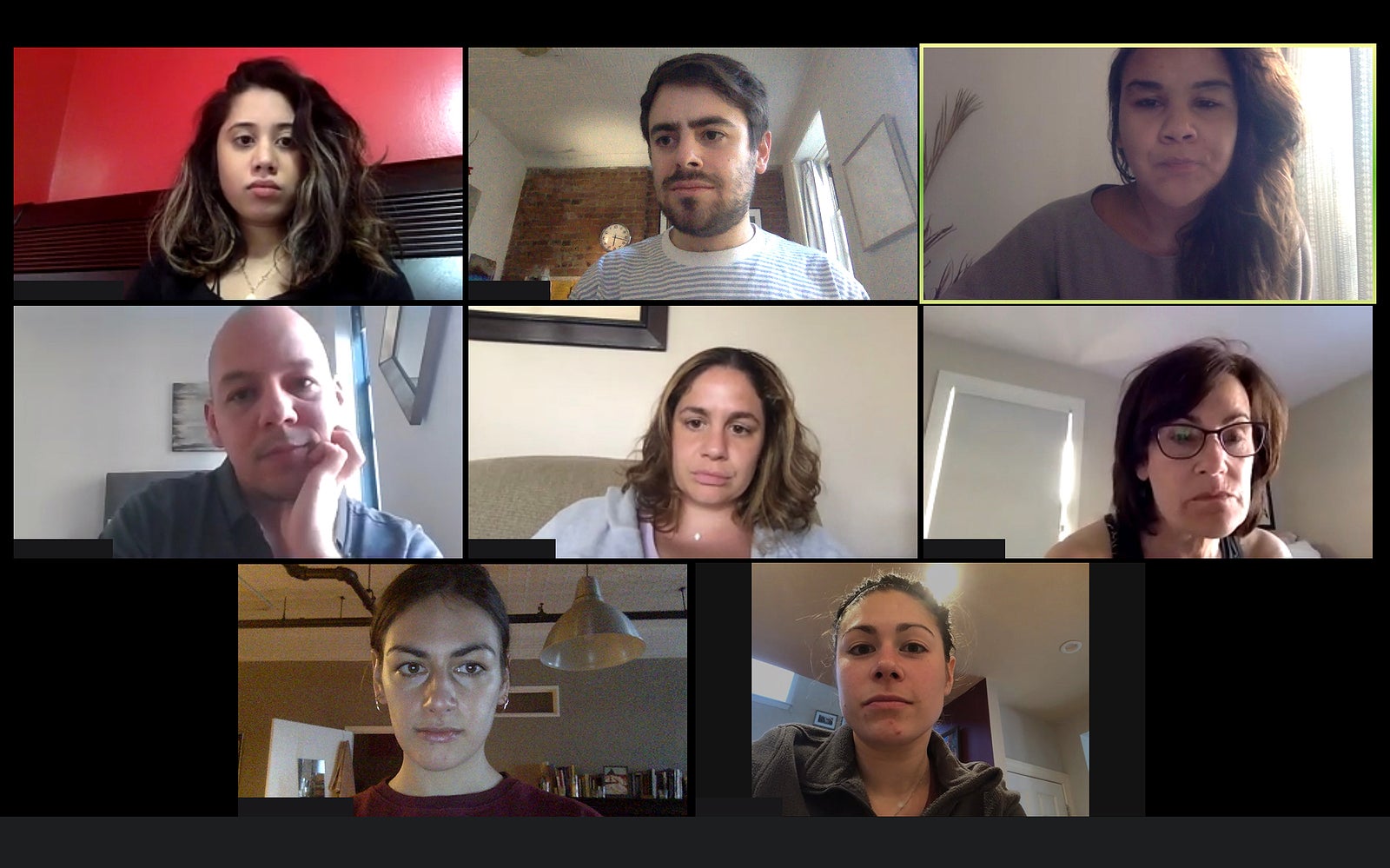Embracing the Future: The Inevitable Triumph of the Remote Business Model in 2024

As we advance through 2024, business formats and procedures continue to evolve. As it stands today, the remote business model is firmly established as a cornerstone of modern enterprise. This model, far from being a transient trend, has become an integral part of the strategic fabric of companies worldwide, reflecting a profound shift in the way we perceive and approach work.
This evolution began as a reaction to global shifts; however now, it represents a strategic, forward-thinking choice that savvy businesses are making regardless of being back in a post-pandemic world.
Here, we explore the compelling reasons behind this transition and its profound implications for the future of work to help you understand why it might be the best choice for your business in 2024.
Unparalleled Flexibility and Its Ripple Effects
At the heart of the remote work revolution is an unprecedented level of flexibility. Regardless of employees enjoying the comfort of their homes, fully remote office models are redefining productivity. The old adage that ‘time is money’ has never been more pertinent.
When employees control their schedules, they work at their most productive hours, leading to a significant boost in both output and job satisfaction. Consider the designer who finds her creative zenith in the quiet hours of the night or the coder who thrives in the early morning calm – this flexibility is a game-changer.
Further, without the oft-lengthy commute to work, employees are able to take care of themselves first, be it sitting down and enjoying a hearty breakfast to start their day or getting a full hour of exercise in before sitting down at their computer. I myself run, journal, and pray all before I start my work day. This means no matter what happens ‘at’ the office, I have already taken care of myself — the most important aspect of my business’ productivity.
Global Talent Pool
Remote work tears down geographical barriers, allowing businesses to tap into a global talent pool. Rather than worrying about filling positions willy-nilly, it is now possible to take a calm approach, enriching your company with diverse perspectives and skills.
When a tech startup in Silicon Valley hires a developer from Bangalore or a designer from Stockholm, they’re not just outsourcing tasks — they’re importing innovation and cross-cultural insights.
Cost Efficiency
The economic benefits of a remote model are clear and significant. In a study conducted by Cebr in 2019 for Citrix, its findings revealed that “flexible working could allow the US population to add more than $2.3617 trillion in GVA (economic output) annually.”
For startups operating on shoestring budgets, saving on office space can mean the difference between survival and collapse. For larger companies, these savings translate into funds that can be redirected towards research, development, or employee benefits.
This cost efficiency extends to employees too, who save on commuting costs and time, translating these into enhanced productivity or important personal time.
The Great Enabler, Buffer, and Enhancer
The remote work model owes its feasibility to the leaps and bounds made in technology. Collaboration tools, project management software, and secure communication channels have made remote work possible. As technology progresses, we realize that working from home is also extremely efficient and sometimes safer.
Workers are enabled to work together as a team. Sometimes, if an employee finds it hard to work with another, communication via tech such as Zoom and Slack can be an amazing buffer, creating enhanced communication across entire departments.
This technological backbone is constantly evolving, promising even more seamless integration in the future.
Addressing the Elephant in the Room
While the advantages are plentiful, remote work is not without its challenges. Issues like communication barriers, time zone conflicts, and maintaining company culture need strategic tackling.
Solutions lie in robust communication tools, flexible meeting schedules, and a company culture that’s built on trust and transparency, rather than mere physical presence. An open-minded leadership style is helpful when working through these challenges, and amazing results can be achieved by working together.
Let’s discuss some of the ways in which full remote companies can tackle such issues.
- Productivity Measurement
In a remote setting, the focus shifts from hours logged to tasks completed. This transition requires a paradigm shift in how companies measure productivity. Clear goals, regular feedback, and a focus on outcomes over hours spent working are the cornerstones of this new productivity metric. Frankly, this metric becomes a boon for the entire business, pushing completion of large projects that make an impact, rather than busywork.
- The Remote Company Culture: A New Frontier
Building a company culture in a remote environment is perhaps one of the most complex challenges. However, it’s also an opportunity to build something truly unique. Virtual team-building activities, regular virtual meetups, and open communication channels are just the beginning.
The key is to foster a sense of community and shared purpose, regardless of physical location. Leaders might find it useful to implement things such as a word of the day to boost inspiration, an end of day report, or quarterly Zoom parties where no work is discussed.
Sharing how he implements healthy remote work culture practices, Rich Feola, CEO and Founder of Ad-visory, said, “We have a dedicated email inbox where team members can anonymously report fellow teammates who did a phenomenal job, post any client success stories, or give general good feedback. We call it our ‘wins’ email. Then I shout out all the wins in a video update I send to the entire team on a monthly basis. We also throw biannual in-person events, usually 3-4 day parties where we can celebrate all the team’s achievements. We’ve done yacht parties, EDM concerts, gala nights, and Hawaiian luaus.”
- Legal and Compliance: Navigating the Global Landscape
Operating remotely, especially internationally, presents a unique set of legal challenges. Companies must navigate the complex web of international labor laws and regulations — a task that, while daunting, is essential for a truly global operation. Do not skip this step.
Looking Ahead
As we look towards the future, it’s clear that the remote business model is becoming a serious long-term strategy for many. The remote model was the perfect answer when we were forced to adapt to the new normal in 2019. Now, it is shaping the future: One that values flexibility, diversity, productivity, and cost-savings — a future where work adapts to life, not the other way around.
The shift towards a completely remote business model in 2024 is a wise choice and for many, an inevitable next step. On the whole, fully remote companies underscore the resilience and adaptability of modern capitalism, a clear indicator of the shape of things to come in the world of work.
860 Views













